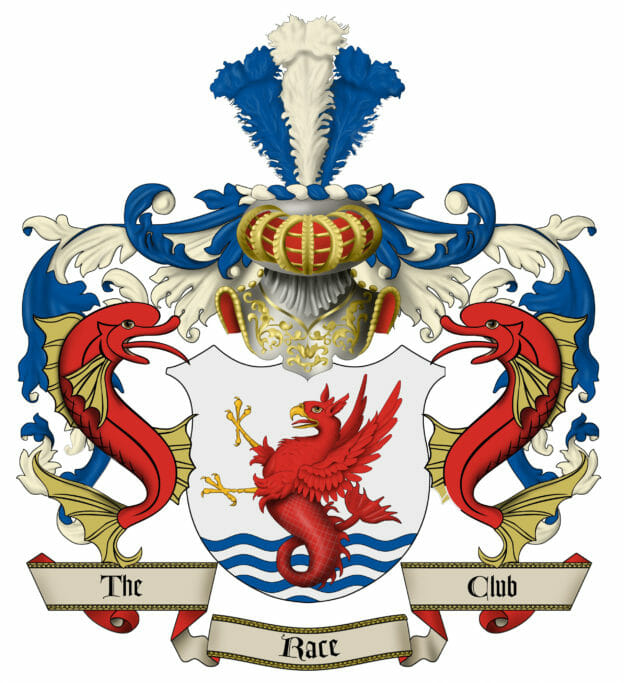I want to thank Olympian Jeremy Linn for helping me with this set. For those of you that don’t remember Jeremy, he held NCAA D1 records in the 100 and 200 breaststroke at U of Tennessee back in the 90’s. He also (I believe) was the first American to break 1 minute in the 100 m breaststroke, though on a relay in the 96 Olympic Games. His breaststroke kick was among the best ever.
When he was visiting in the Florida Keys, I once asked him how his kick got so strong, and he said by doing eggbeater/swim combinations. So here is a Jeremy Linn type set that may not look too challenging, but it is. It works the legs very hard. While it is a great one for breaststroke, it also works for any other stroke. For Free, Fly, or Backstroke, we recommend using fins (in order to survive). You’ll need a pool that is at least 6 feet deep at one end to do this set.
10 x 50 Breaststroke holding 46 Stroke Rate (use a Tempo Trainer) on :60 secs.
In between each 50 breaststroke, do :45 seconds of vertical eggbeater kicking with arms in streamline position above the head. Eggbeater means breast kick one leg at a time (water polo style). Try to keep the chin above the water for the entire :45 secs. Leave for next 50 swim on :60 secs.
If you do fly or backstroke, do the vertical kicks dolphin kick and with freestyle and do the vertical kicks flutter kick, but all with fins on and arms in streamline above head. Hold stroke rate of 86 for free or back and hold stroke rate of 48 on fly.
Masters swimmers can do this set by keeping their elbows at the surface of the water during the vertical kicks, rather than the streamline position. Older Masters can lengthen the rest interval some to stay alive.
Yours in swimming,
Gary Sr.
Main Set of the Month: May 2019


how do you come up with these stroke rates? I’m assuming they are an average of some of the best swimmers but how does one measure them? thanks.
The easiest way to measure SR is using a stop watch with the SR mode. One starts the watch when one hand strikes the water and ends the watch on the fourth strike, whether with one or both hands. Free and Back SR are about twice the breast and fly SR. One can also get to SR by using the Tempo Trainer, which can be set to whatever SR you want. We have derived the recommended SR by watching hundreds of elite swimmers. For a given event distance, the SRs always will vary depending on the technique being used, and other factors.
The stroke rates given as ideal in the race club (example backstroke 86) seems unrealistic for younger age group swimmers. My daughter is only 10 and her SR is about 50 something.
Stroke Rates and Cycle Rates are often confused. When we refer to a SR of 86 that is a cycle rate of 43. In one minute, the swimmer takes 43 right arm strokes and 43 left arm strokes…very achievable at any age. If your daughter has a cycle rate of 50+ she is moving her arms well.
I didn’t understand it . 50 breastroke @1 then 45sec eggbeater and then go for the next one?
Eggbeater means vertical breaststroke kick using one leg at a time. Water polo players use eggbeater kick to tread water with hands free for the ball. Do 45 secs with arms above the head in streamline position the 15 secs rest and do another 50 breaststroke swim.
Stroke rate of breastroke?
Stroke rate in breaststroke refers to how many strokes per minute. In this set holding 46 SR is pretty tough, but that is what we shoot for in the breaststroke part of the 200 IM.
Hi Gary
For Free and Back SR u said that One starts the watch when one hand strikes the water and ends the watch on the fourth strike. How about Fly and Breast where both hands are used. Is it the same? start at 1 and stop at 4?
Hi Marcus. Yes, taking stroke rate remains the same for fly and breaststroke. You start the watch as the hands enter on the first stroke and stop the watch as the hands enter on the fourth stroke. Thanks for the question!